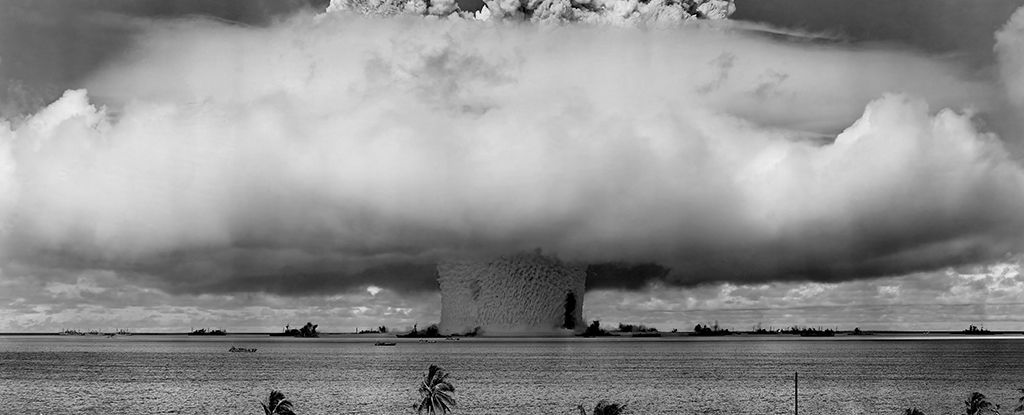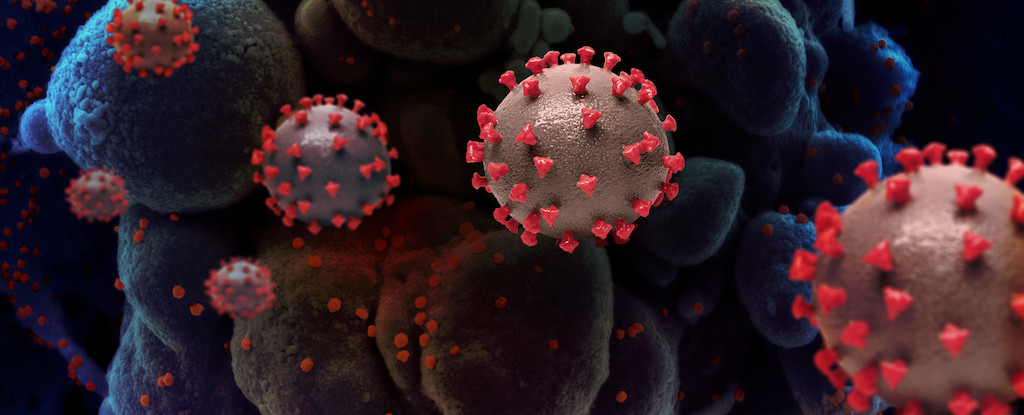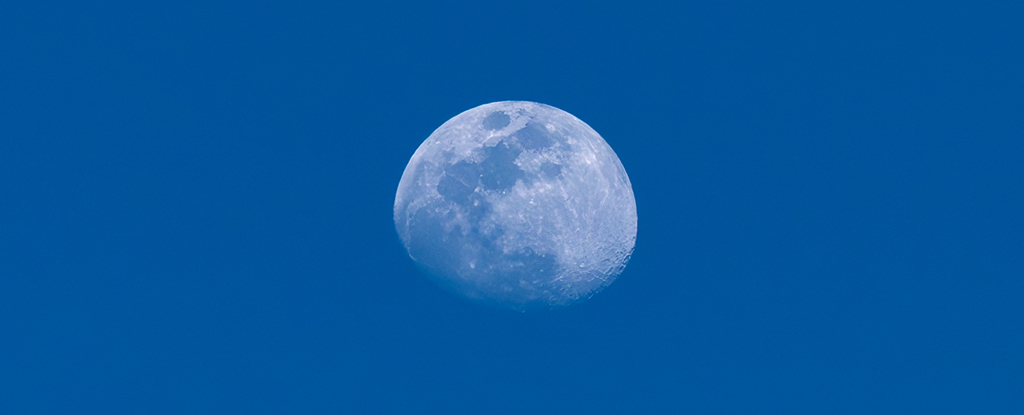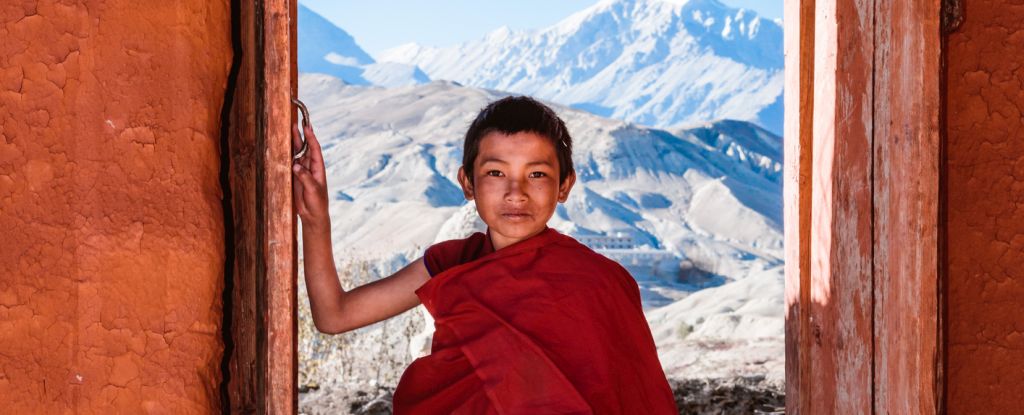The large Saharan dust cloud that blanketed Europe back in March 2022 contained some unexpected ingredients, according to a new study: chemical signatures consistent with US and USSR nuclear tests of the 1950s and 1960s.
Led by a team from Paris-Saclay University in France, the study researchers found the radioactivity to be well below levels that would be considered hazardous – less than two-hundredths of the safety thresholds – but it’s a reminder of how long nuclear fallout can persist in the environment.
These dust clouds regularly blow up from the Sahara, and previous studies identified an area around Reggane in Algeria as a significant dust source. As this region is also the site of four French nuclear weapons tests, the researchers wanted to take a closer look.
“The Reggane region, where the first French atmospheric nuclear tests were conducted in the 1960s in Southern Algeria, is located in one of the most active dust source regions responsible for recurrent massive Saharan dust events reaching Western Europe and affecting air quality,” write the researchers in their published paper.
“After a major outbreak in March 2022, a citizen participative science campaign was launched to study the radioactivity born by the dust.”
That citizen science project yielded 110 samples across six countries, which were then processed in a variety of ways. The team analyzed global wind patterns, the chemical and mineral make-up of the dust, and its radioactivity.
While the dust itself was partly sourced from South Algeria, its radioactive signature didn’t match the strength or the composition of the French nuclear tests. Instead, it matched the same signature seen across the world as a result of the Cold War arms race.
“Plutonium isotopic signatures, a unique nuclear bomb fingerprint, remained in the range of the global fallout signatures largely dominated by US and former USSR nuclear tests, significantly different from French fallout signature,” write the researchers.
Between them, the Americans and the Soviets ran hundreds of nuclear tests in the ’50s and ’60s, across deserts, oceans, islands, and areas of wilderness. They represent the largest nuclear detonations ever seen on the planet.
As this study and many previous ones show, the material spewed out of those detonations has made its way all across the world – including into the heart of the Sahara, and the deepest parts of the oceans.
Even though the radioactivity levels in this case are thought to be safe – dust is actually now more of a threat to our health – regular assessments such as this study are needed to understand the ongoing impact on the atmosphere and environment.
“We conclude that major Saharan dust supplies to Western Europe, even if impressive, recurrent, and sweeping large areas including those where nuclear tests were done in the past, do not present risk for public health in terms of exposition to artificial radioactivity,” write the researchers.
The research has been published in Science Advances.





